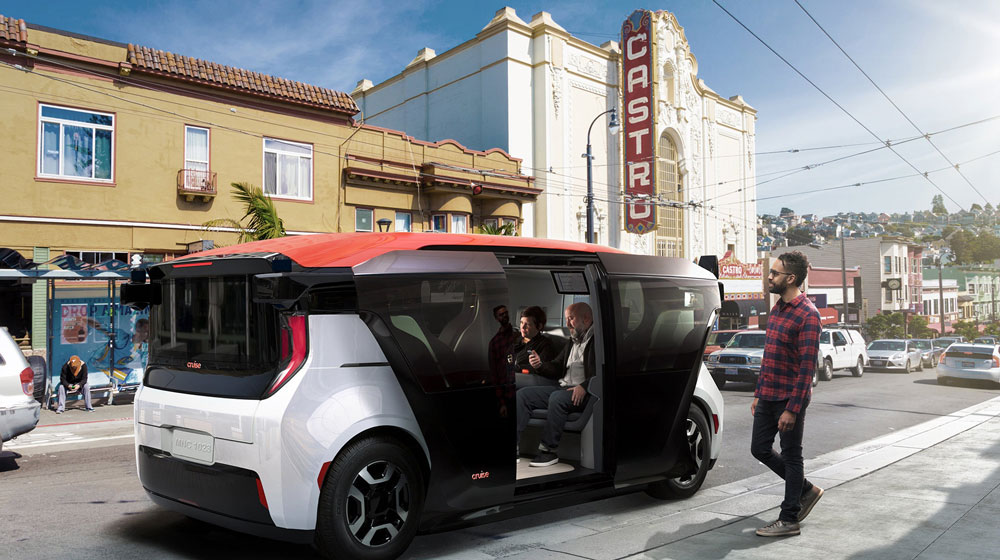Challenges when cyber systems meet humans

In our homes and surroundings, computer systems are hiding that both measure and control things, often connected to the Internet. What happens when they fail? Do we still have electricity, water, food and safe transport? Martin Törngren writes about this in an article in the prestigious HiPEAC's Vision 2021.
Self-driving cars, and smart phones connected to heating systems in our homes, are just a few examples where cyber systems interact with physical systems and people. The development goes fast.
At the same time as these cyber-physical systems offer new opportunities to build sustainable solutions, one may wonder: What happens when they fail? Do we still have electricity, water, food and safe transport?
Martin Törngren writes about this and much more in the article Cyber-physical systems have far-reaching implications, which was recently published in the prestigious HiPEAC's Vision 2021.
Text: Ulrika Georgsson